I tend to flock to parks and gardens when I travel because it gives me a richer sense of the culture to view it through landscape. It was a treat to see all the local plants of Southern Texas celebrated here. They had a nice display toward the beginning on the local plants they use and which ones provide food for wildlife.
As you get further into the wildflower center, the space opens up into demonstration gardens. Each area showcases a different plant palette suited for different purposes.
The plant palette below is a hummingbird-attracting garden using all Texas natives. They also featured plant groupings for gardens with water, cactus, textures/dye plants, etc. Pretty cool stuff.
Another feature I really liked were demonstration gardens that showed how using natives can be combined into a residential design. The one pictures below shows how natives can be used to create a formal garden. I think people think using natives means their garden will be messy, but these demo spaces help people visualize the possibilities with natives more clearly.
I also met some new “friends” in the way of new plants. I really love the Texas Persimmon tree, Diospyros texana. It is a graceful, sculptural tree with a somewhat contorted appearance. And you get to enjoy delicious fruit from something beautiful and native!
Other fun new plants included Red Yucca, from the Algave family, which looks succulent and outer space-ish. The Blanco Crabapple was light and airy with a nice form. Sensitive Briar looked like a good, fine textured ground cover for shaded areas. It was very fern-like, which might be pleasing in such a dry climate. And the Texas Madrone tree was amazing with it’s scarlet bark and wide, dark green leaves.
Virginia Creeper climbed all over the buildings on the site. In such a warm area, green covered walls help shade buildings and also create this feeling of lushness. Lots of local art was mixed in with landscape features, which gave fun ideas for incorporating garden art into our green spaces.
The center does wonderful things with water harvesting. The above picture is a large cistern on the site that holds over 3,000 gallons of collected rainwater. Using natives means the plants are adapted to the climate, needing less additional water. But collecting rainwater is useful for getting through unusually dry times or droughts.
They did have a small water element here and there. Interesting to point out though how they were able to maximize the effect without needing to use lots of water. They were typically placed in central places, like this fountain that echoed through the plaza. The pool area was painted a bright blue, but the pond was actually quite shallow. It makes it visually seem bigger. The echoes of the water and trickling over the rock wall also make it sound like a larger element than it actually is. All smart, clever design tricks.
What a wonderful day I spent here wandering the ground. There are hiking trails to explore on the site the next time I visit. It was just an incredible plant-overload experience. I can’t recommend it enough!










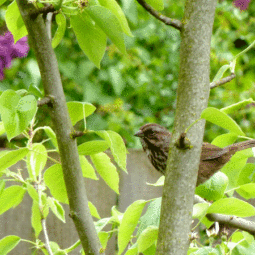
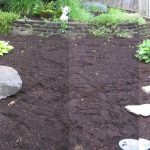
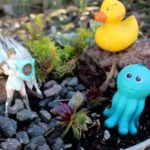
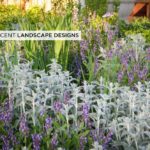
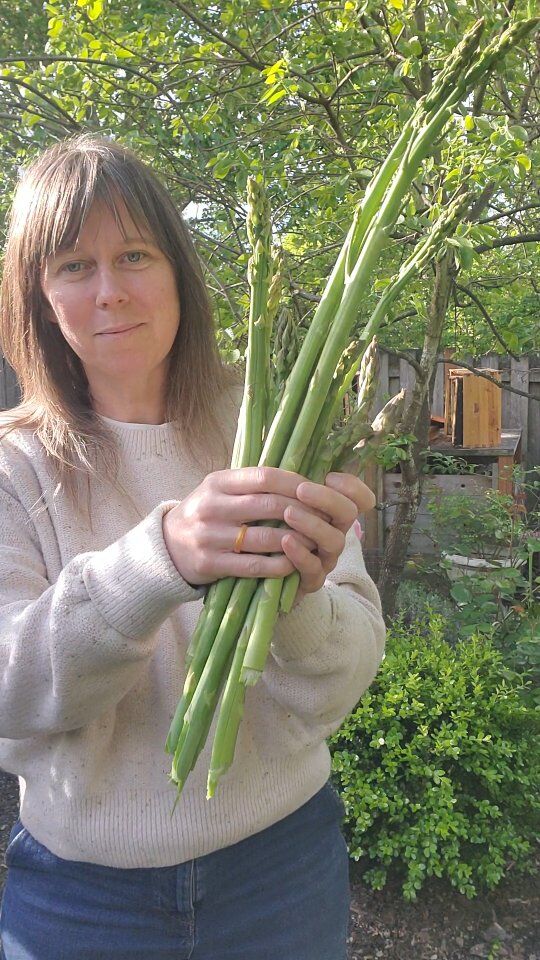
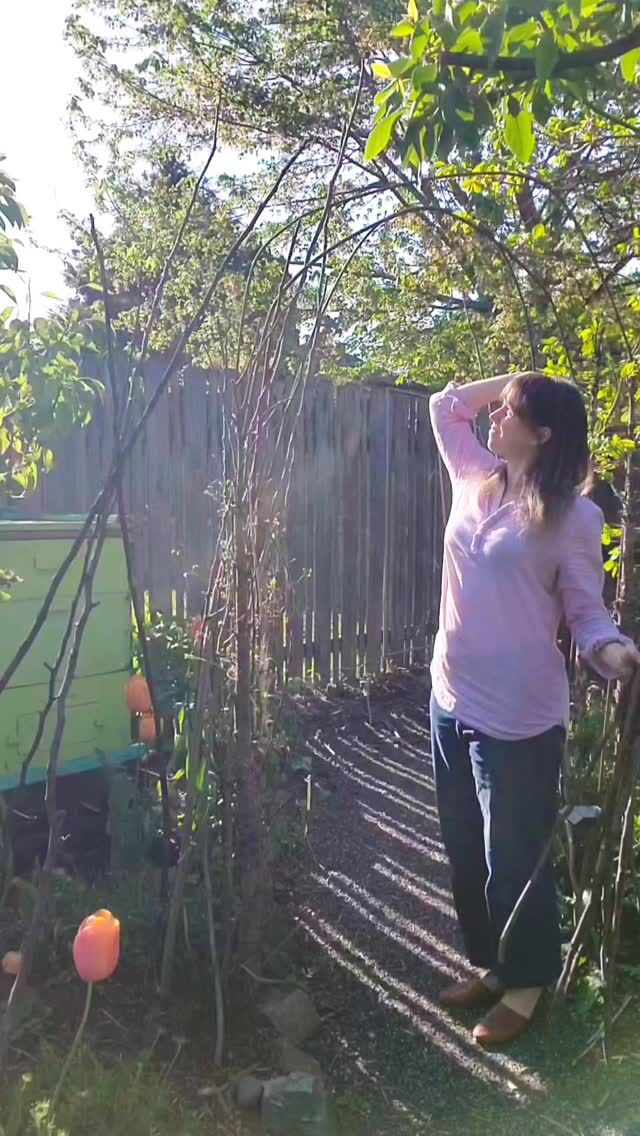
 I start with a
I start with a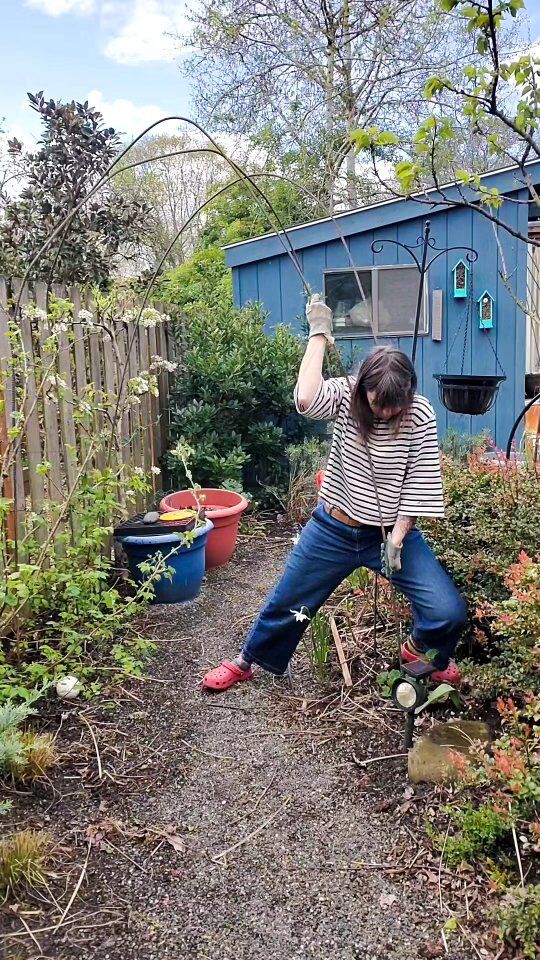
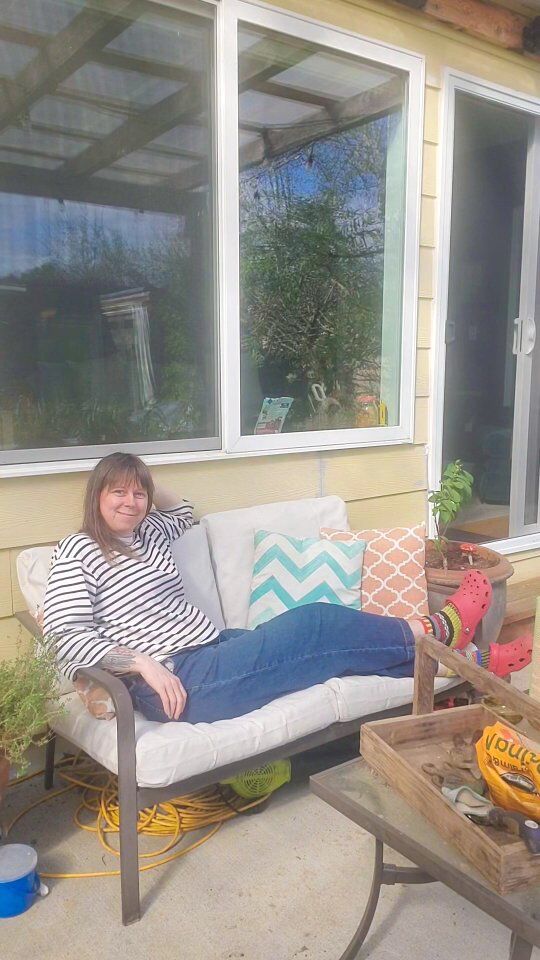
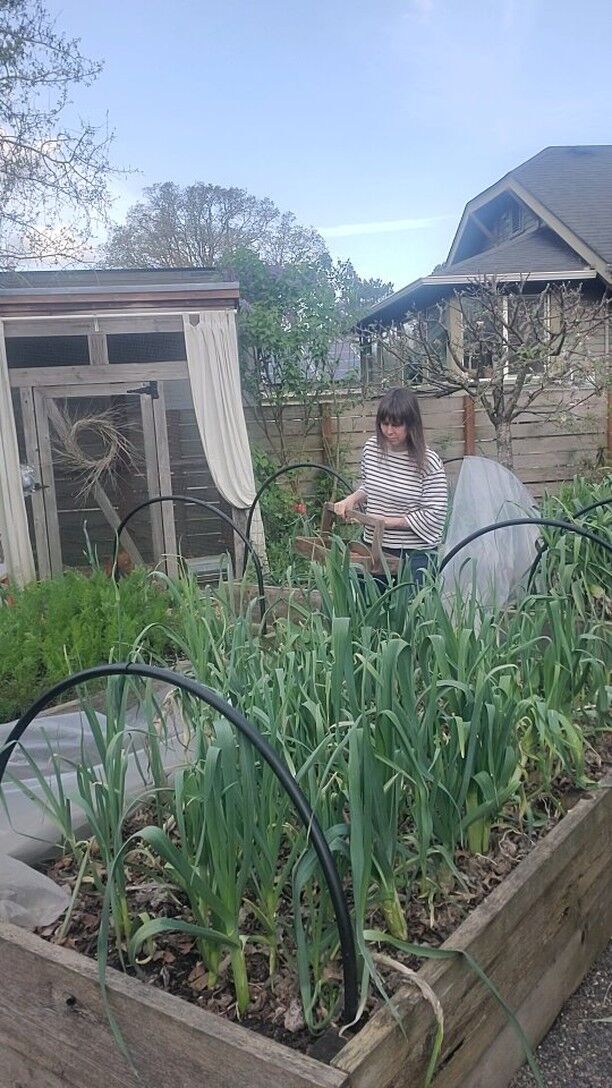
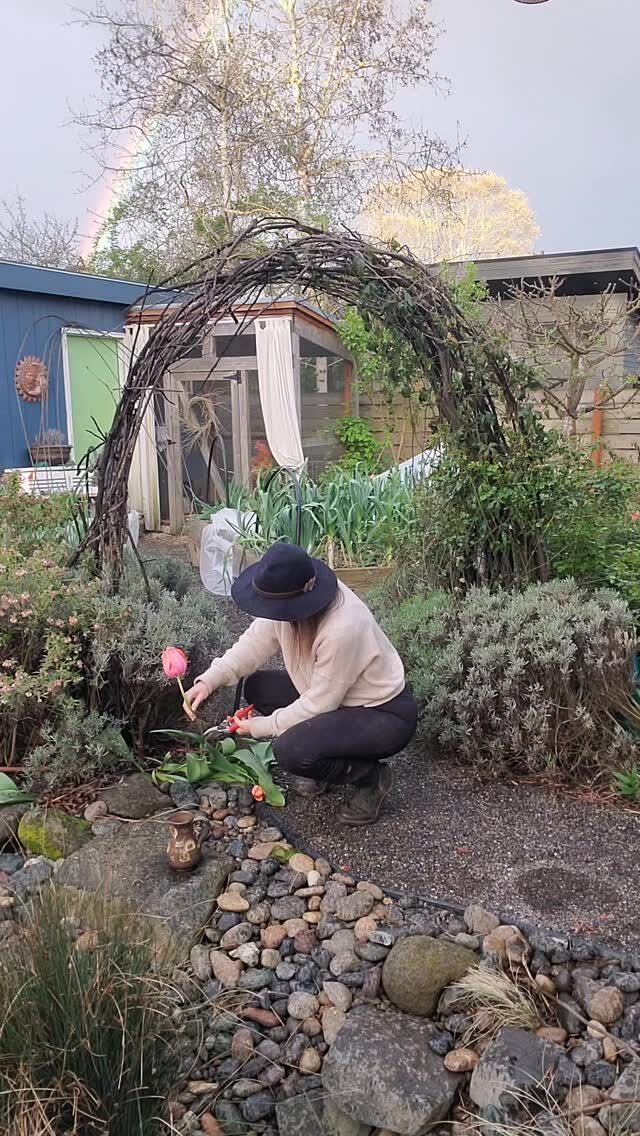
 There's a go
There's a go
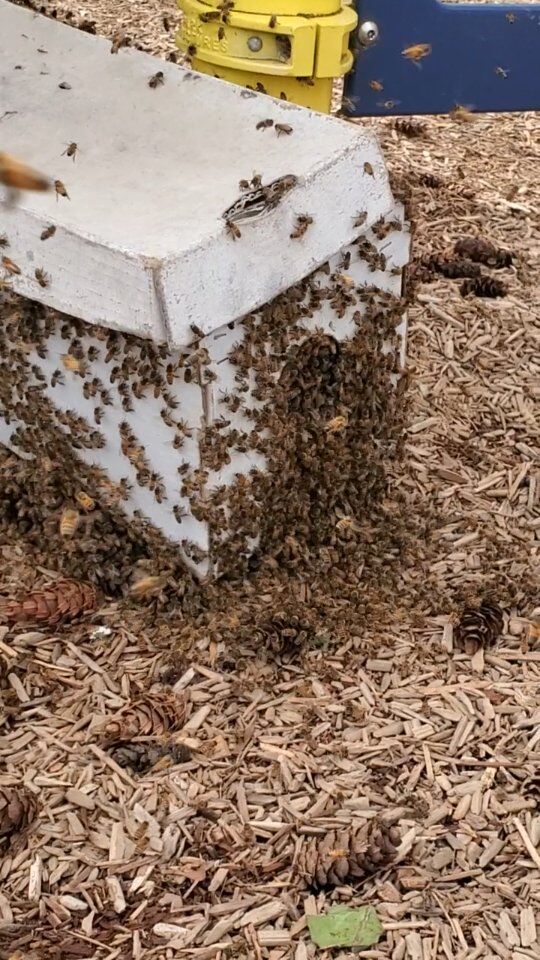
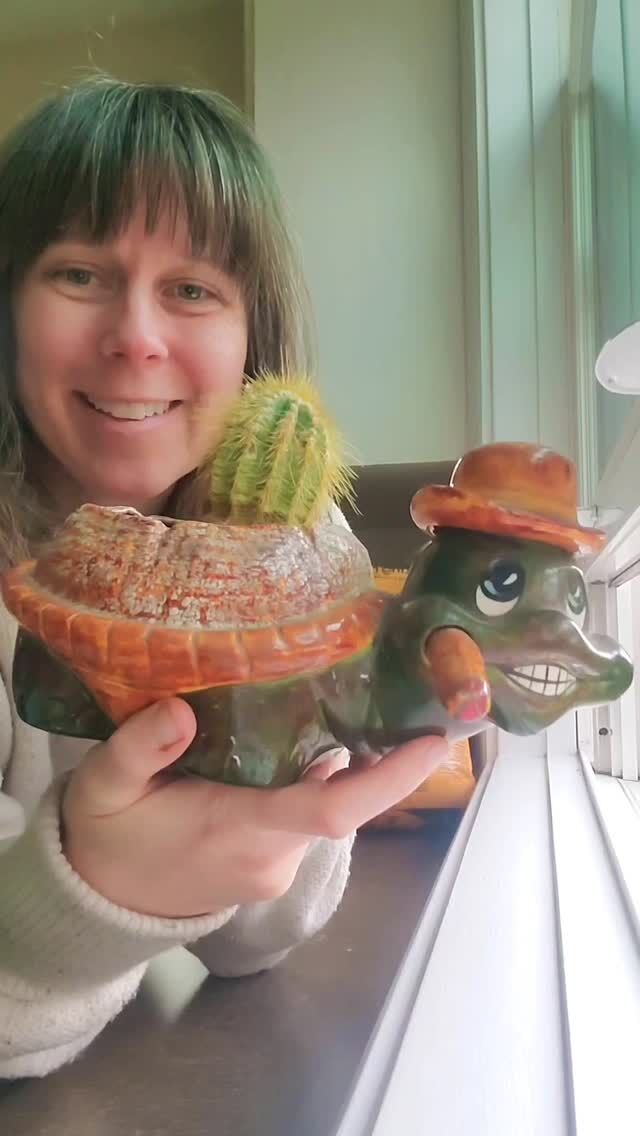
I’ve heard of Lady Bird’s involvement in “beautifying the highways of Texas”, but didn’t realize she had a garden to visit near Austin.
We’ll be driving home to Portland from central Mexico this fall, so we’ll make a point to swing in and check things out.